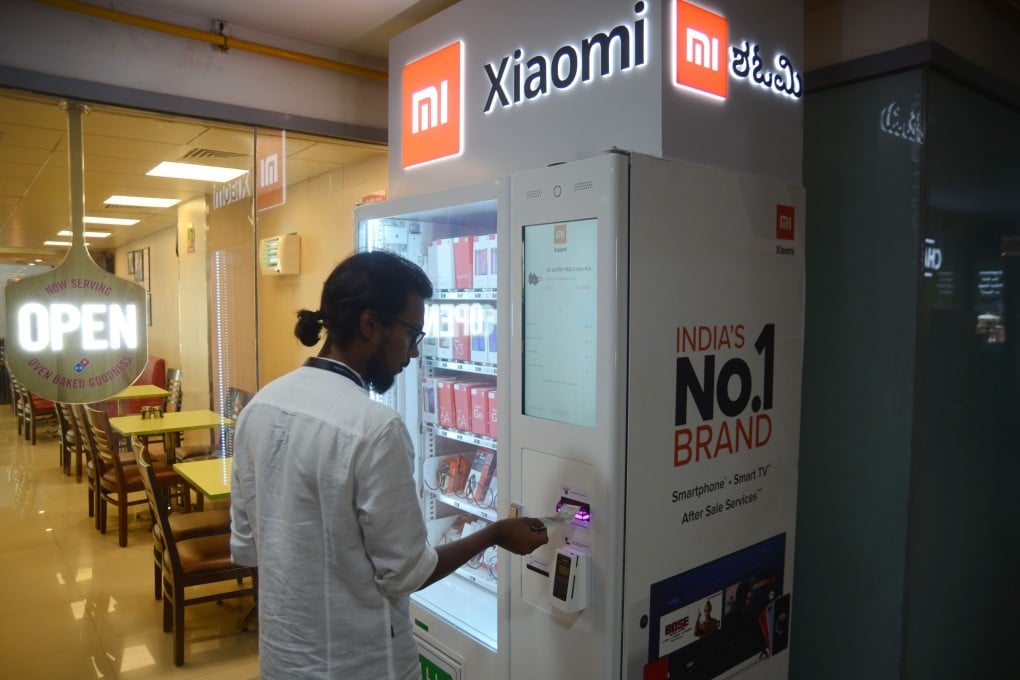Macroscope | Why blocking cheap Chinese phones would be the wrong call for India
- Shutting Chinese phones out of the lower segment of the market, in an effort to protect the domestic industry, would hurt not only Chinese companies but also Indian consumers
- And can a phone truly be called Indian if all its components are made in China and it is only assembled in India?

It’s no secret that Chinese phones are thriving in India, and have been outcompeting local models for years. According to tech market tracker Counterpoint, smartphones under 12,000 rupees (US$150) contributed a third of India’s sales volume for the second quarter of the year, with Chinese companies accounting for up to 80 per cent of those shipments.
Prime Minister Narendra Modi started out as a champion of free trade, but has become increasingly known for protectionism, adopting “self-reliant India” as a slogan and urging Indians to buy home-made goods to support the economy. His trade policy has been criticised for being in direct conflict with India’s liberal trade policy of the 1990s.
That period saw the country abolish import licensing, reduce customs tariffs and cut the red tape that made doing business in India a nightmare. The Indian economy opened up extensively for the first time to foreign investment, trade and goods.

